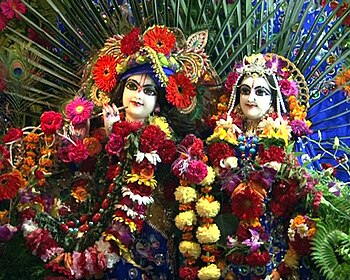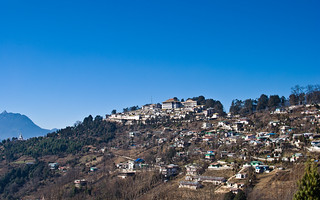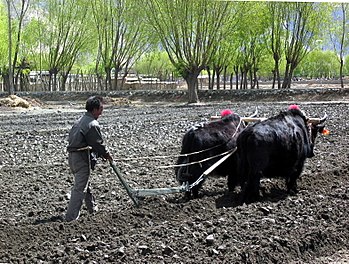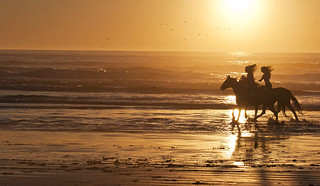 |
| Kostas Karyotakis in Preveza (1928). The lady near him is his sister, the other lady is a friend of her.The child is nephew of Kostas karyotakis (Photo credit: Wikipedia) |
Kostas Karyotakis (Greek: Κώστας Καρυωτάκης, October 30, 1896 – July 20, 1928) is considered one of the most representative Greek poets of the 1920s and one of the first poets to use iconoclastic themes in Greece. His poetry conveys a great deal of nature, imagery and traces of expressionism andsurrealism. The majority of Karyotakis' contemporaries viewed him in a dim light throughout his lifetime without a pragmatic accountability for their contemptuous views; for after his suicide,the majority began to revert to the view that he was indeed a great poet. He had a significant, almost disproportionately progressive influence on later Greek poets.Karyotakis gave existential depth as well as a tragic dimension to the emotional nuances and melancholic tones of the neo-Symbolist and new-Romantic poetry of the time. With a rare clarity of spirit and penetrating vision, he captures and conveys with poetic daring the climate of dissolution and the impasses of his generation, as well as the traumas of his own inner spiritual world.
He had a brief but intense relationship with Maria Polydouri another contemporary poetess.
COURTESY
Make an harp of your pain.
And become like a nightingale,
and become like a flower.
When bitter years arrive
make an harp of your pain
and make of it a song.
Don't wrap your wound
but only with rose-branches.
Lustful I give you
myrrh- for balm - and drugs.
Don't wrap your wound,
and your blood a purple.
Keep saying to Gods "may I be quenched!"
but hold the glass.
Despise your days when
they become a feast for you.
Keep saying to Gods "may I be quenched!"
but say it with a smile.
Make an harp of your pain.
And refresh the lips
at the lips of your wound.
At a dawn, at a sunset,
make an harp of your pain
and smile and be quenched.
Kostas Karyotakis
Κώστας Καρυωτάκης
Ευγένεια
Κάνε τὸν πόνο σου ἅρπα,
Καὶ γίνε σὰν ἀηδόνι,
καὶ γίνε σὰ λουλούδι.
Πικροὶ ὅταν ἔλθουν χρόνοι,
κάνε τὸν πόνο σου
ἅρπακαὶ πέ τονε τραγούδι.
Μὴ δέσεις τὴν πληγή σου
παρὰ μὲ ροδοκλώνια.
Λάγνα σοῦ δίνω μύρα
-γιὰ μπάλσαμο- καὶ ἀφιόνια.
Μὴ δέσεις τὴν πληγή σου,
καὶ τὸ αἷμα σου πορφύρα.
Λέγε στοὺς θεοὺς "νὰ σβήσω!"
μὰ κράτα τὸ ποτήρι.
Κλότσα τὶς μέρες σου
ὄνταςθὰ σοῦ 'ναι πανηγύρι.
Λέγε στοὺς θεοὺς
"νὰ σβήσω!"μὰ λέγε το γελώντας.
Κάνε τὸν πόνο σουἅρπα.
Καὶ δρόσισε τὰ χείλη
στὰ χείλη τῆς πληγῆς σου.
Ἕνα πρωί, ἕνα δείλι,
κάνε τὸν πόνο σου ἅρπα
καὶ γέλασε καὶ σβήσου.
---daman
10/02/2014




























